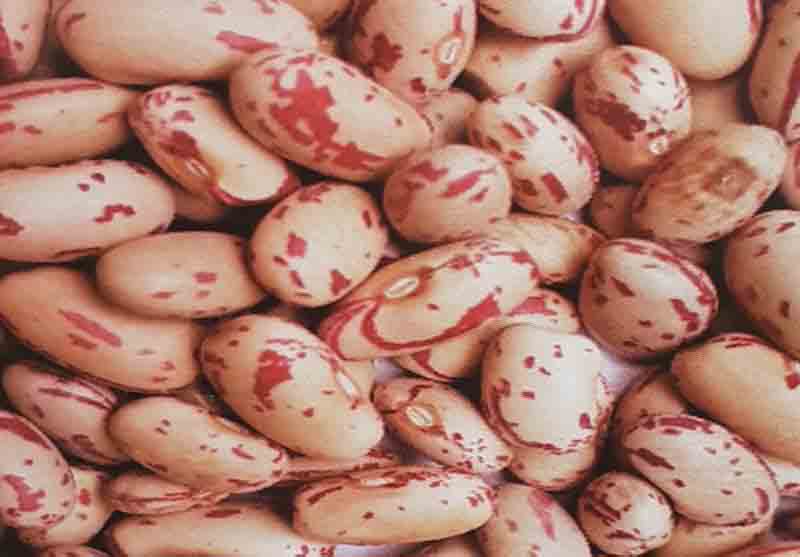
Around the world, 690 million people regularly go to bed hungry, and the figure is likely to exceed 840 million by 2030, according to a report by the United Nations food agencies.
Sub-Saharan Africa has the highest prevalence of undernourishment, estimated at 22 per cent of the population. This is expected to increase to 29.4 per cent by 2030. The number of hungry people continues to grow with the Covid-19 pandemic coupled with the devastating impacts of climate change. Ironically, food losses in sub-Saharan Africa amount to about Sh429 million ($3.9 million) annually.